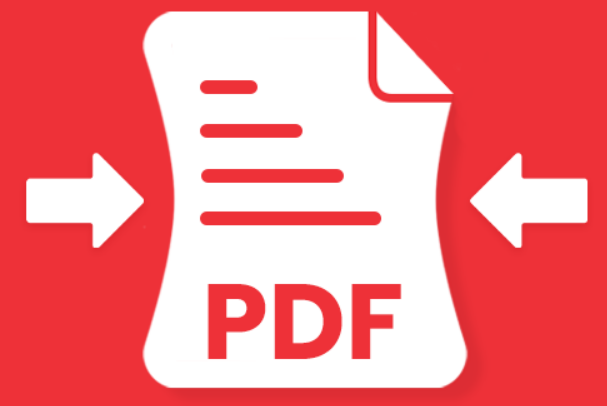
Portable Document Format (PDF) has become the gold standard for sharing files across industries due to its consistency, universal compatibility, and security features. However, PDFs can quickly become very large, especially when they contain high-resolution images, scanned pages, or embedded fonts. This is where PDF compression becomes crucial.
Why PDF Compression is Needed
- Email Restrictions - Many email providers cap the maximum attachment size, making it impossible to send bulky PDFs.
- Faster Uploads/Downloads - A smaller file means less bandwidth usage and quicker sharing.
- Storage Optimization - Businesses dealing with thousands of documents save significant storage space by reducing file sizes.
- Mobile Accessibility - Smaller PDFs open faster and use less mobile data, improving accessibility on smartphones.
- Compliance - Some organizations require lightweight documents for easy archival and regulatory filing.
Major Email Hosts and File Size Limitations
Different email services have different limits on how large an attachment can be. Here’s a quick comparison:
| Email Provider | Attachment Size Limit | Notes |
|---|---|---|
| Gmail | 25 MB | Files larger than 25 MB are automatically uploaded to Google Drive. |
| Outlook / Hotmail | 20 MB | OneDrive integration suggested for larger files. |
| Yahoo Mail | 25 MB | Uses Dropbox for larger file sharing. |
| Apple Mail (iCloud) | 20 MB | Files up to 5 GB can be sent using Mail Drop (stored in iCloud). |
| ProtonMail | 25 MB | Encrypted email service with attachment cap. |
| Zoho Mail | 20 MB | Paid plans may allow higher storage, but not attachment size. |
| AOL Mail | 25 MB | Similar limits to Yahoo and Gmail. |
| GMX Mail | 50 MB | Higher than most mainstream providers. |
| Yandex Mail | 25 MB | Uses Yandex.Disk for larger file sharing. |
Techniques to Make Lightweight PDF Documents
Reducing PDF size without losing quality is a blend of software tools and document design strategies. Below are the most effective methods:
1. Image Optimization

- Use JPEG or WebP instead of PNG for photos.
- Compress images before embedding using tools like TinyPNG or ImageOptim.
- Set resolution to 150 dpi for documents intended for screen viewing (instead of 300+ dpi for print).
2. Font Management

- Avoid embedding multiple font families unless necessary.
- Use system fonts or subset fonts (only include characters used in the document).
3. Remove Redundant Elements

- Eliminate hidden layers, unused metadata, and annotations.
- Delete unnecessary bookmarks or comments before sharing.
4. Downsampling

- For scanned PDFs, downsample images to a manageable resolution using OCR (Optical Character Recognition) tools.
5. Use PDF Compression Tools

- Adobe Acrobat Pro - Offers robust compression options.
- Ghostscript - Open-source tool for batch PDF optimization.
- Online Compressors - Online PDF Compressor, Smallpdf, iLovePDF, PDF24, etc., for quick web-based compression.
6. Choose the Right Export Settings
- When exporting from Word, PowerPoint, or InDesign, select “Save as Reduced Size PDF” or “Optimize for Web” options.
7. Split Large Documents

- Instead of sending a single bulky file, break it into smaller sections if possible.
Final Thoughts
PDF compression is no longer a luxury - it’s a necessity. With email providers enforcing strict size limits and the growing need for efficient file sharing, optimizing your PDFs ensures faster, smoother, and more professional communication. By applying smart techniques—such as image optimization, font management, and using reliable compression tools - you can create lightweight, high-quality PDFs that are easy to store, share, and access anywhere.